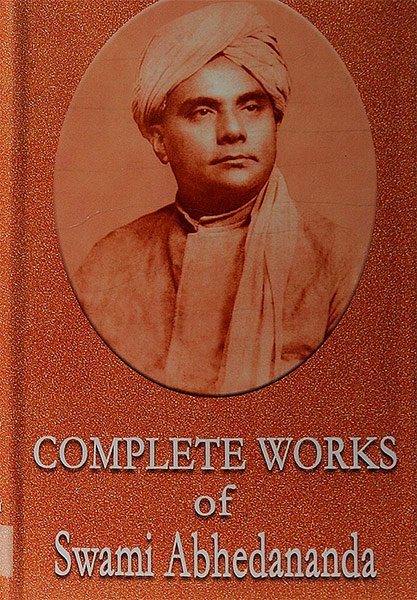Complete works of Swami Abhedananda
by Swami Prajnanananda | 1967 | 318,120 words
Swami Abhedananda was one of the direct disciples of Sri Ramakrishna Paramhamsa and a spiritual brother of Swami Vivekananda. He deals with the subject of spiritual unfoldment purely from the yogic standpoint. These discourses represent a study of the Social, Religious, Cultural, Educational and Political aspects of India. Swami Abhedananda says t...
Symbology of Easter
Extracted from Chapter IV (“necessity of symbols”):
“[...] The Easter festival refers to the universal resurrection of nature, and it is also symbolized as the resurrection of spirit from matter; in other words, it refers to the resurrection of the whole world, and the resurrection of the world was symbolized in the resurrection of Jesus the Christ. [...]”
‘Easter had been observed as a pagan festival hundreds of years before Christ. ‘Like many other of our festivals, Easter is of very great antiquity. It was at the same season as our Lent that the noblest ladies of Phoenician and pagan Sevilla bore on their shoulders the golden effigy of Venus, while the people followed weeping and clad in mourning in remembrance of the death of Adonis.
‘The Romans also celebrated their Hilaria on the 25th of March. The Greeks sang their Jouloi, or song of gratitude, to Mother Earth at this season. The ancient Jews had their Paisack or Passover, which in many languages is the name Pascua still given to Easter. Also, the Persian-festivals of Spring and the ancient Houli of Hindustan, all celebrated at this same time. Even China had its festival of Gratitude of Tien.
‘Among the many symbols which have been employed to mark this festival few are more interesting than the sacred Egg. It was Pope Paul V, who first introduced this symbol into the ritual of Easter, which began: “Bless O Lord, we beseech Thee, this Thy creature of eggs.” When Bishop James Gillis of Rome and Edinburgh washed the feet of twelve poor Irishmen some years ago on Easter Day, he presented each one of them with an egg ana an orange. Eggs are used in many countries to mark the Spring festivals.’—Cf. John Henry Smith in a letter to the editor of the New York Times, dated the 10th April, 1911.
FAQ (frequently asked questions):
Which keywords occur in this article of Volume 1?
The most relevant definitions are: Venus, Romans, sang, China; since these occur the most in “symbology of easter” of volume 1. There are a total of 4 unique keywords found in this section mentioned 4 times.
Can I buy a print edition of this article as contained in Volume 1?
Yes! The print edition of the Complete works of Swami Abhedananda contains the English discourse “Symbology of Easter” of Volume 1 and can be bought on the main page. The author is Swami Prajnanananda and the latest edition is from 1994.
